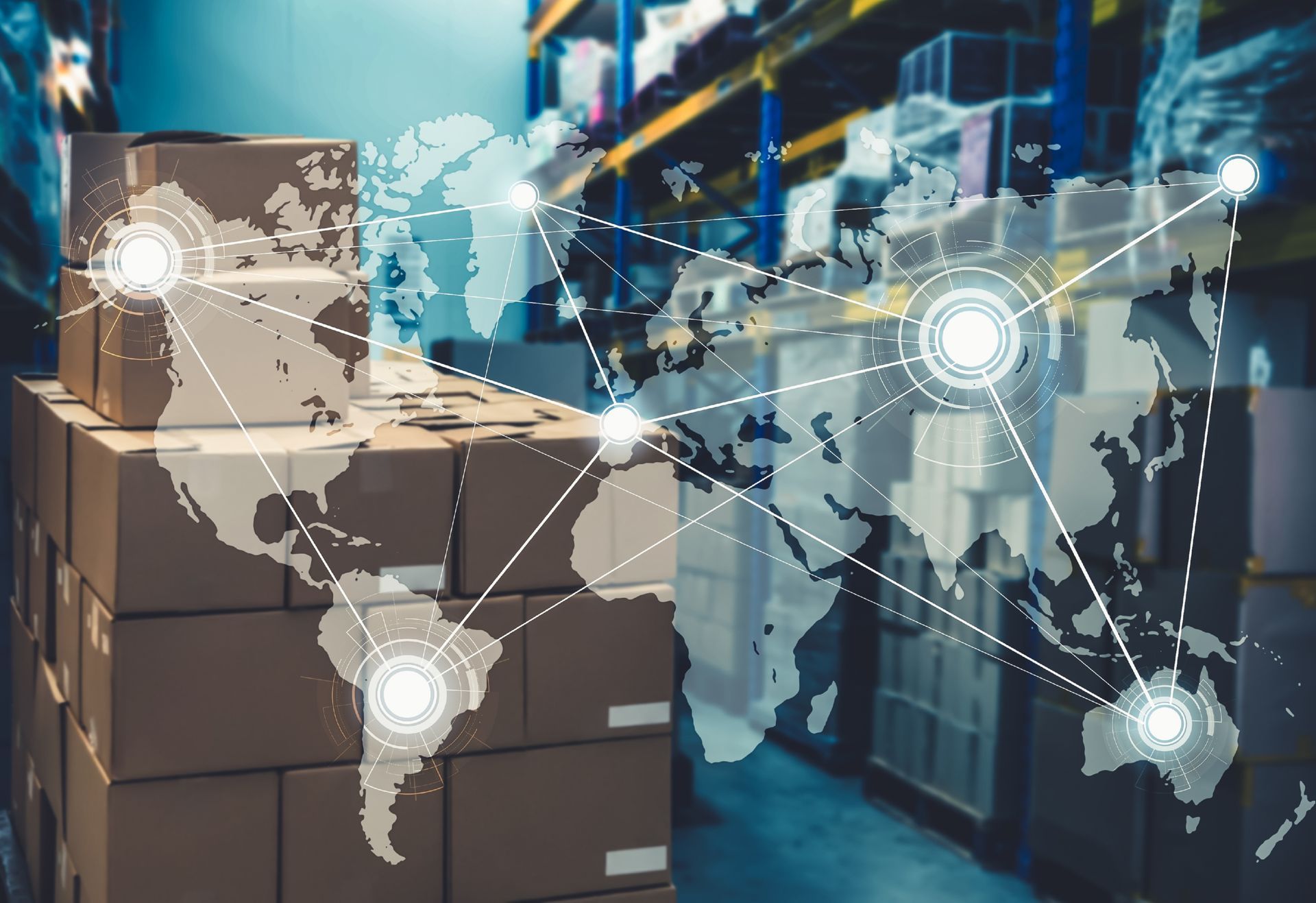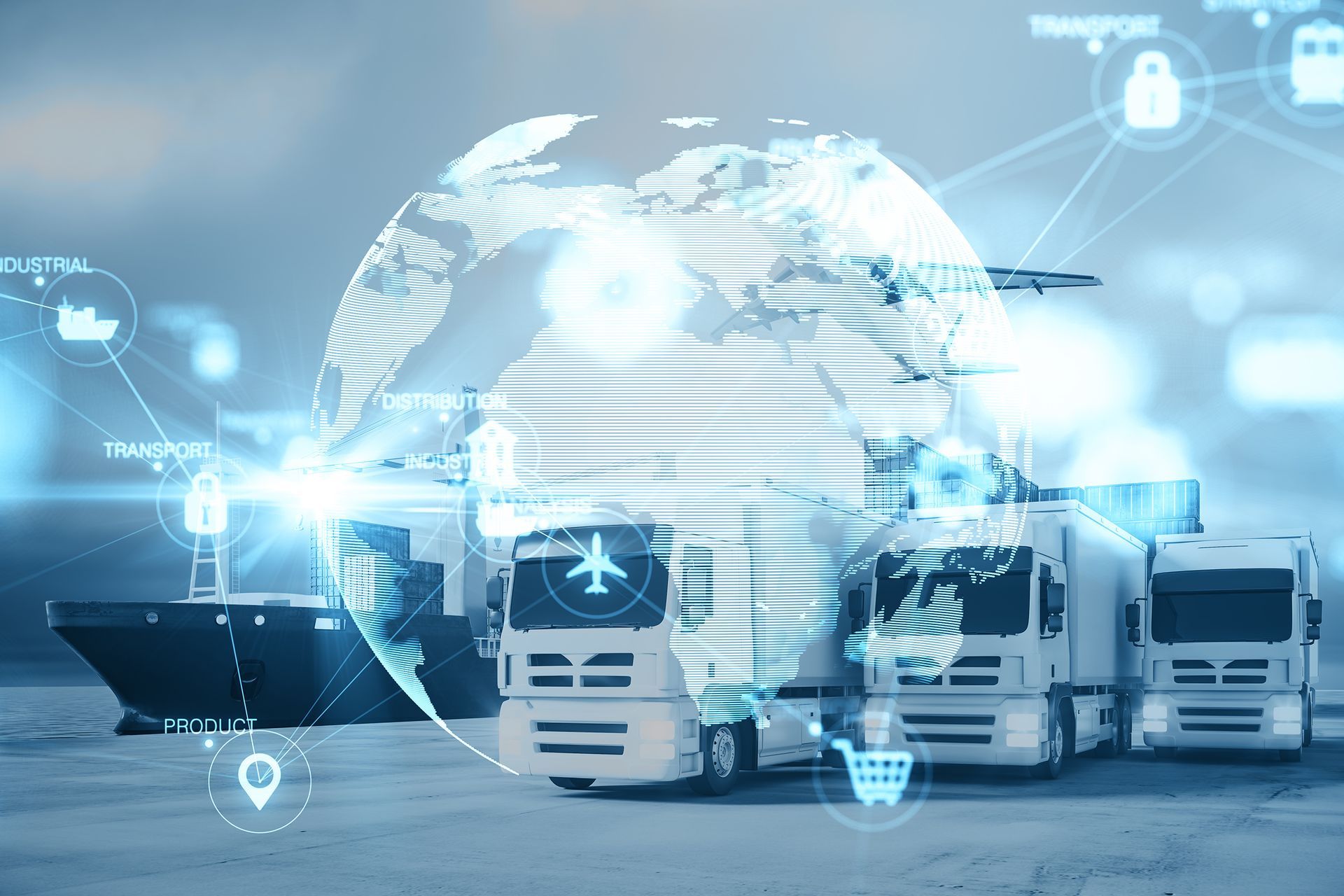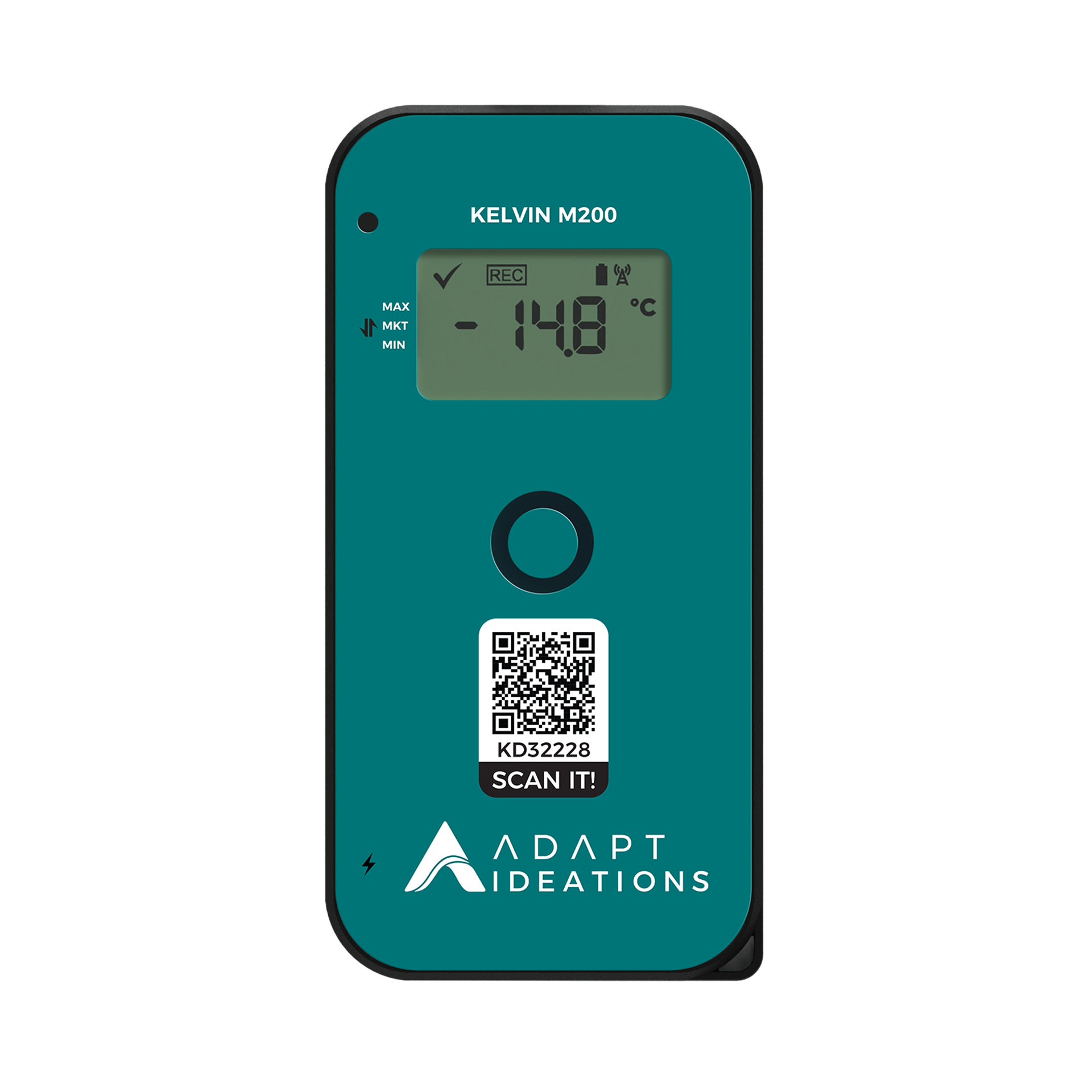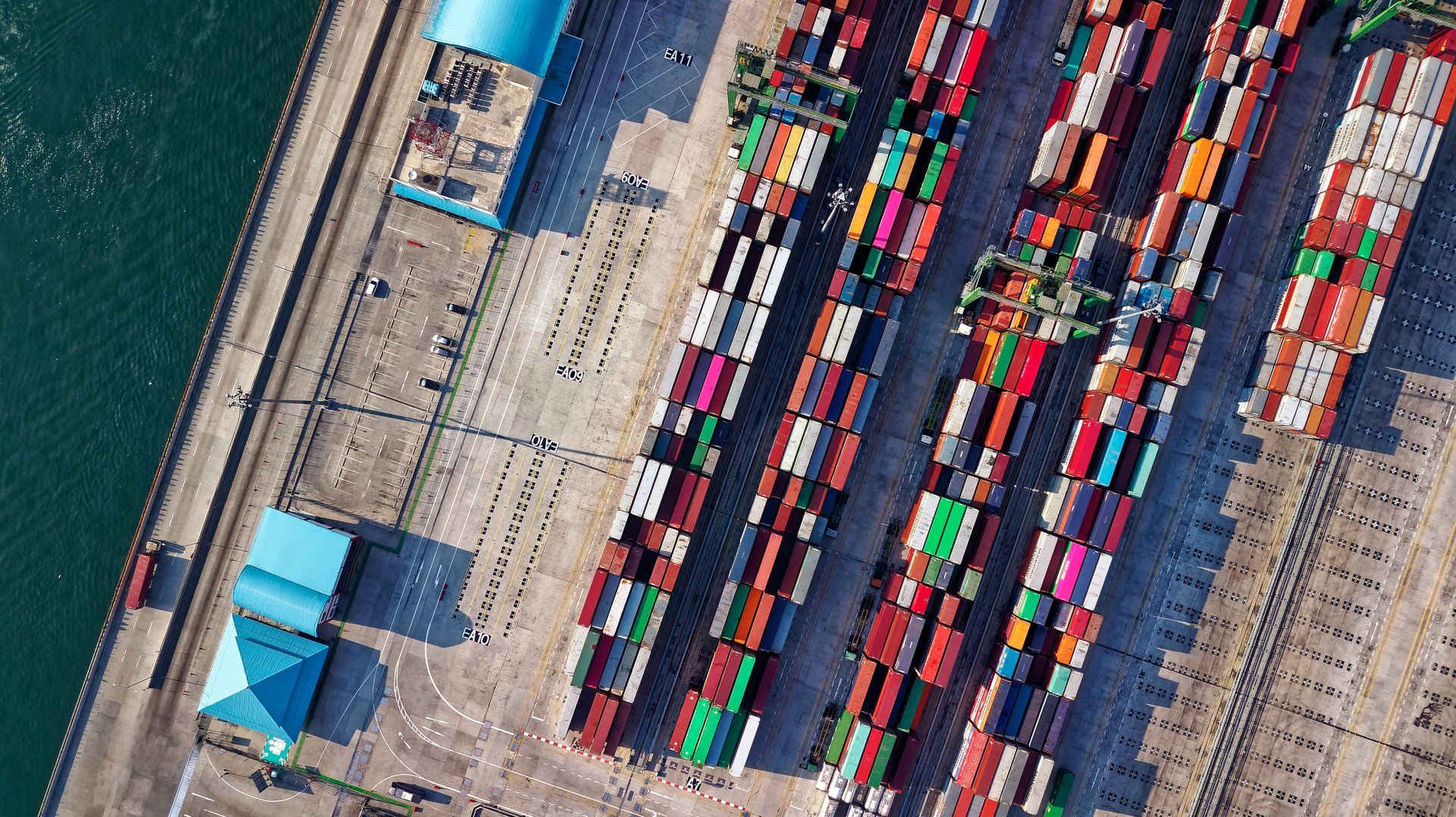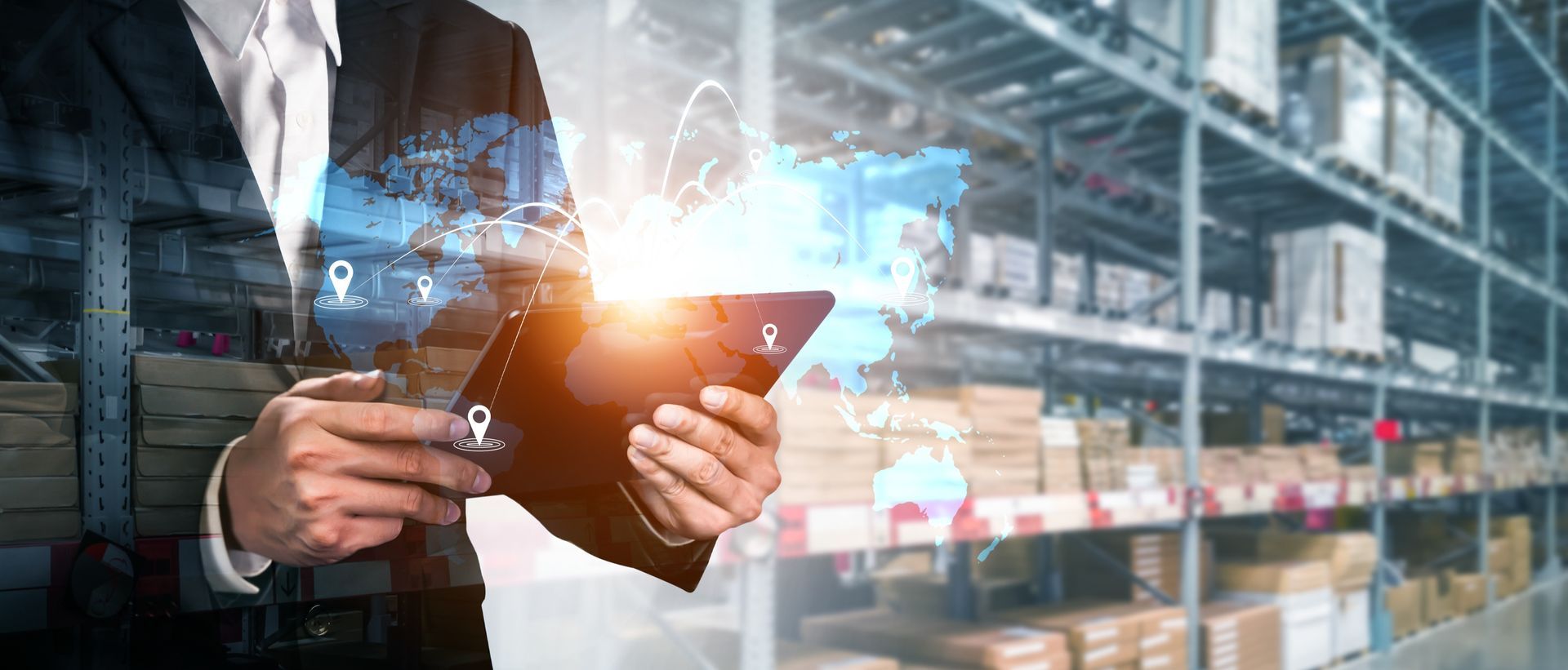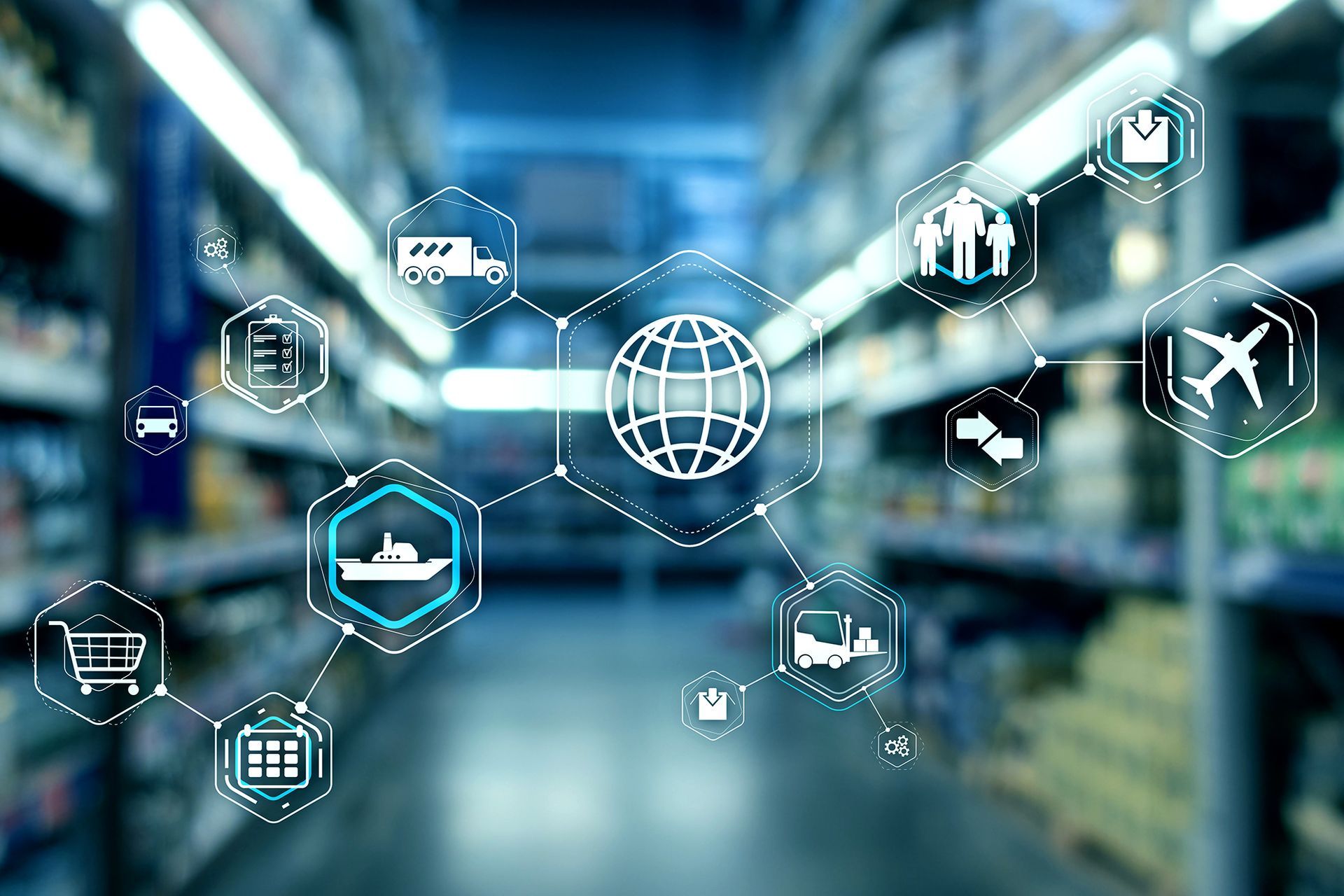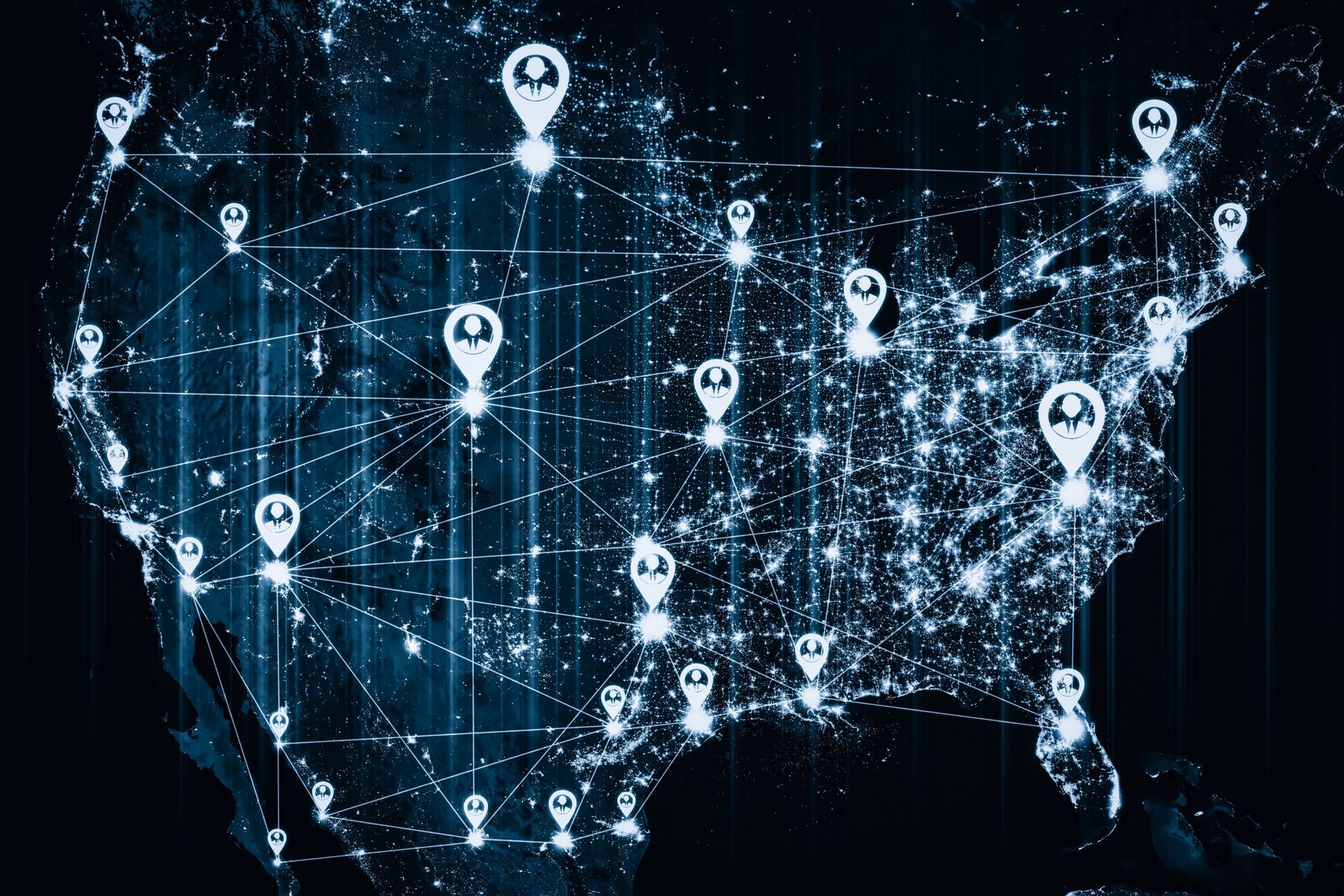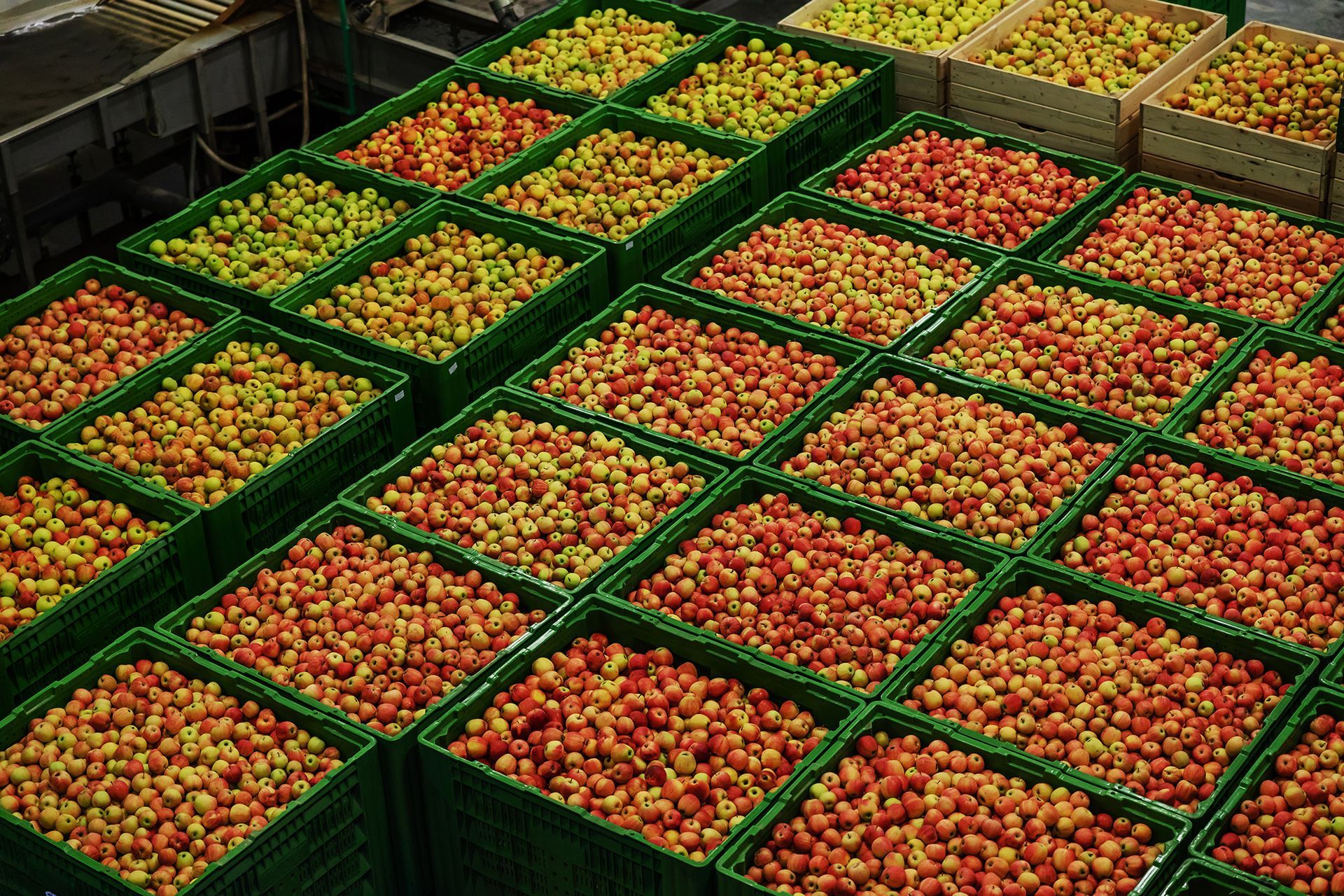Asset Tracking For Retailers - The New Age
Has anyone else realised that customer service is no longer enough to keep regular customers?
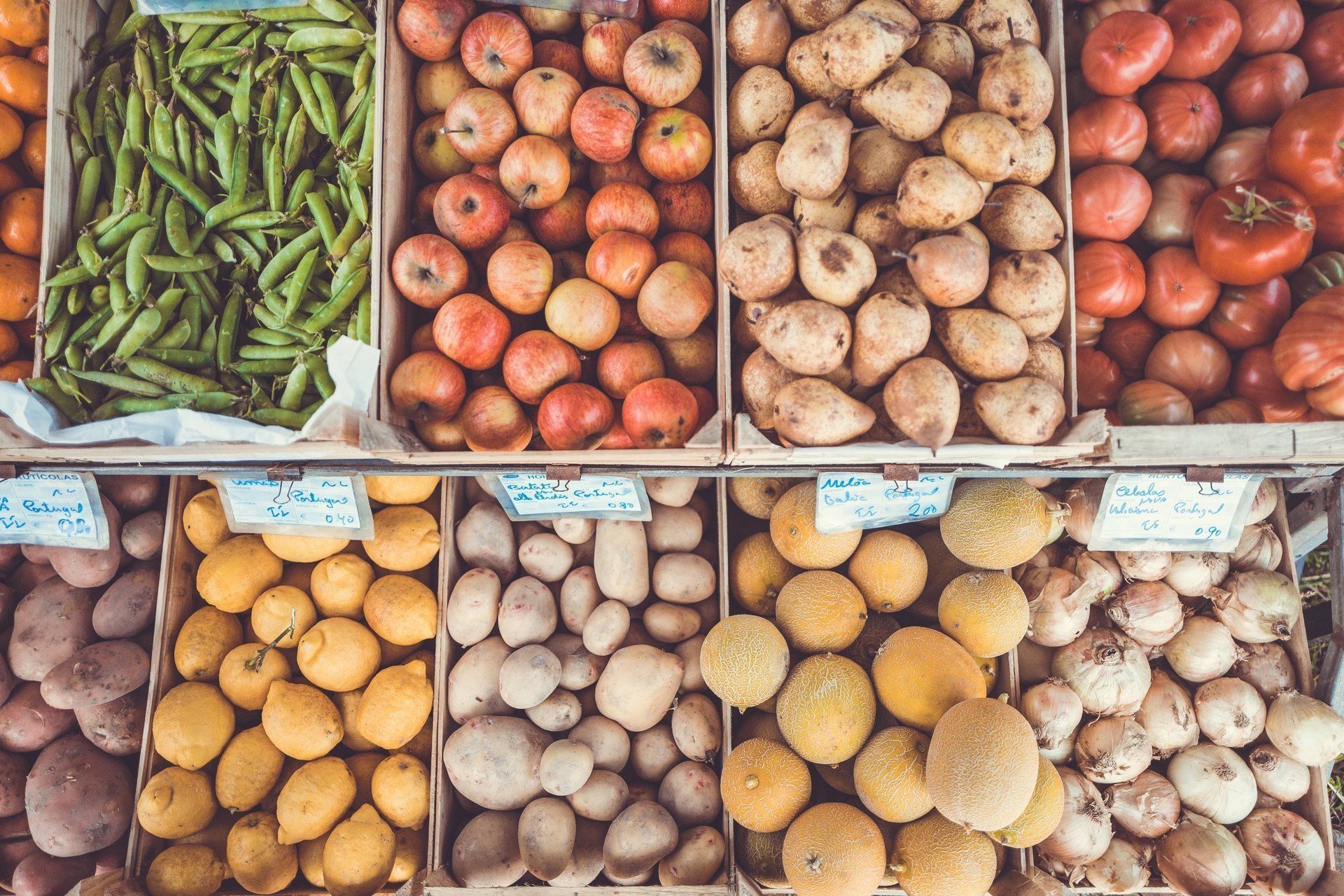
Use Of Asset Tracking And Blockchain.
Has anyone else realised that customer service is no longer enough to keep regular customers? It has not only become about rewarding loyalty, having the lowest prices but now about ensuring pristine quality of products offered on shelves with the help of end-to-end visibility. But how could this be possible you are thinking…through the use of asset tracking and blockchain combined together of course.
Essentially blockchain is a distributed immutable ledger that successfully keeps track of all entries input into the ledger. Only certain entities that have access to the ledger are able to view the blockchain and make entries. FAO points out that food wastage has become such a huge problem that one third of food produced is wasted each year. Not to mention mislabeling, misinterpretation, tampering or substituting products or ingredients into some food, which make it not consumable.
Blockchain Technology - A Game Changer.
Using a blockchain in this instance would be a game changer, strengthening partnerships and relationships between manufacturers, suppliers, distributors and most importantly customers. Blockchain is already beginning to be used in some larger companies such as Walmart, IBM, Nestle and Unilever. Consider the impact if this expanded to many more brands and supermarkets globally.
The increasing number of outbreaks related to food has created a cautious and sometimes uneasy relationship between customers and grocery stores. We have seen in previous years significant outbreaks due to contamination and mishandling from Europe all the way to USA and Canada. Many which could have easily been prevented through the use of advanced technology. The use of blockchain prevents such outbreaks from occurring particularly with the power of real-time data and violations being immediately notified to any concerned parties. Blockchain has the capability of narrowing down delays of potential recalls. The World Health Organisation point out that foodborne diseases cause 600 million people to fall ill each year.
Blockchain is about creating visibility in industries not only for consumers but also concerned entities within the business. Walmart is leading the way forward by creating the blockchain-enabled food traceability initiative enabling greater visibility, traceability and accountability for manufacturers and suppliers in the industry. They began the initiative first with tracing suppliers of green produce from 2018 and now are working their way to incorporate all suppliers into the blockchain by the end of 2019.
Predict Demand And Sales In The Retail Industry.
The use of blockchain to create greater visibility allows other aspects to also be improved within the supply chain including reducing documentation errors, tracking of products and distribution, real-time data analytics and sharing between multiple parties and creating a permanent audit trail to track the supply chain. Blockchain ultimately enables increased visibility, optimisation and forecasting to look ahead and predict demand and sales in the retail industry.
In most recent times, we have seen an increase in customer expectation. To put it simply customers, expect the best quality to be delivered within stores. With product recalls on the rise, it runs a big risk for all parties involved in the supply chain. Many company’s credibility and customer base are then risked.
Solve Increasing Expectations From Customers.
Blockchain may just be the answer to solving problems with increasing expectations from customers. Blockchain will empower companies to ensure data is available in real-time creating greater transparency for customers. By implementing blockchain throughout the supply chain for retailers, it will significantly increase their competitive edge over other retail super powers such as Amazon and delivery services.
As you can see, blockchain isn’t simply about cryptocurrency, there are a range of significant use cases.
Share Our Post.
Awards & Recognition

Best Temperature Monitoring Solution Provider
Awarded by India Biologics & Vaccines Outstanding Industry Awards 2022
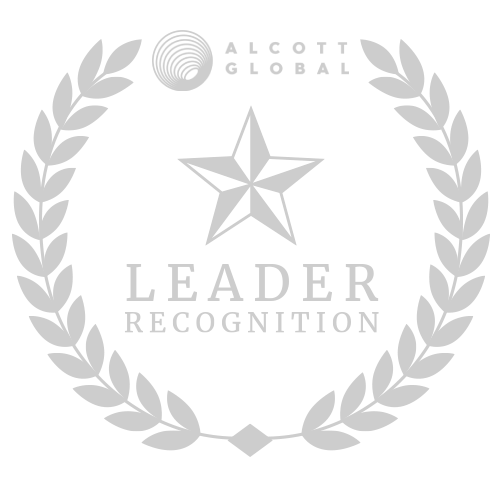
Adapt Ideations Recognised As A Supply Chain Leader
by Alcott Global on Supplify's Supply Chain Tech Map 2.0
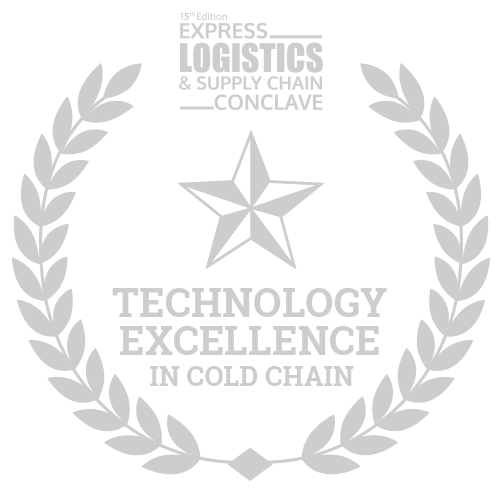
Related Articles.

